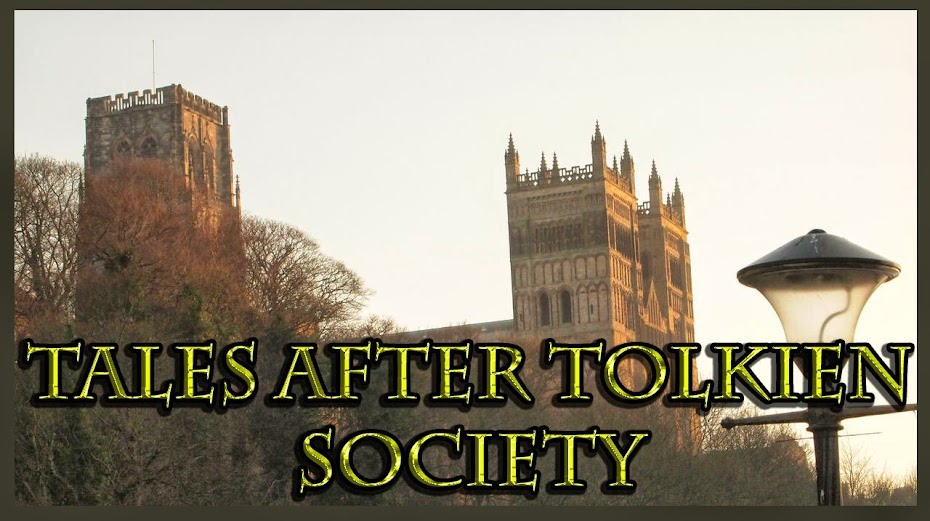Read the next entry here!
It's the beginning of the end for She-Ra.
5.12, "Heart, Part 1"
Written by Noelle Stevenson, Josie Campbell, Katherine Nolfi, Laura Sreebny, and M. WillisDirected by Jen Bennett and Roy Burdine
Synopsis
 |
| Doesn't look easy... Image taken from the episode, used for commentary. |
She steps outside, looking for Catra. There is no sign of her, and Adora warns off Glimmer and Bow; they refuse, determined to accompany her while the rest interdict Horde Prime's control.
 |
| Not an obvious place, is it? Image taken from the episode, used for commentary. |
Elsewhere, Catra rides Melog away from the resistance camp, if with some reluctance. Melog confronts her about her decision, and Catra protests her seemingly unrequited love for Adora until a Horde clone happens by.
 |
| It's an impressive edifice. Image taken from the episode, used for commentary. |
Adora, Glimmer, and Bow proceed. Adora begins to hallucinate Catra or to see projections of her, and her She-Ra form begins to destabilize.
Catra pursues the Horde clone to find a massive Horde installation at work. She remains undetected even as Horde Prime works through the clone to announce his impending triumph and direct access to the Heart of Etheria via the installation. Catra rushes to warn Adora of the coming peril.
Adora continues to waver as she proceeds. She finds herself in a projection of her first encounter with the sword of She-Ra, and she begins to push her friends away, thanking them for their help but denying them the ability to go with her. She vanishes in a flash of light, leaving Glimmer and Bow behind as Horde Prime's influence spreads.
 |
| The picture of ease... Image taken from the episode, used for commentary. |
Horde Prime gloats over his perceived victory. Catra demands Shadow Weaver help her with Adora; Shadow Weaver reluctantly agrees, and they teleport to Adora's whereabouts, finding Glimmer and Bow. Catra reports what she has learned, and Glimmer and Bow transport to take up Entrapta's mission; Catra takes over theirs, and they part as friends. Glimmer takes a moment to confess her love for Bow; he admits the same to her, and they move off to take care of their work.
 |
| It is a pleasant thought. Image taken from the episode, used for commentary. |
Glimmer rescues the other resistance fighters, affording Sea Hawk an opportunity to try to reach Mermista. It seems to work, but Scorpia's presence is missed--until she appears at Bow's location. And Micah also remains to confront his daughter and her companions in power and fury.
Meanwhile, Horde Prime gloats over Adora and leaves her to face the suborned Etherian defenses...













